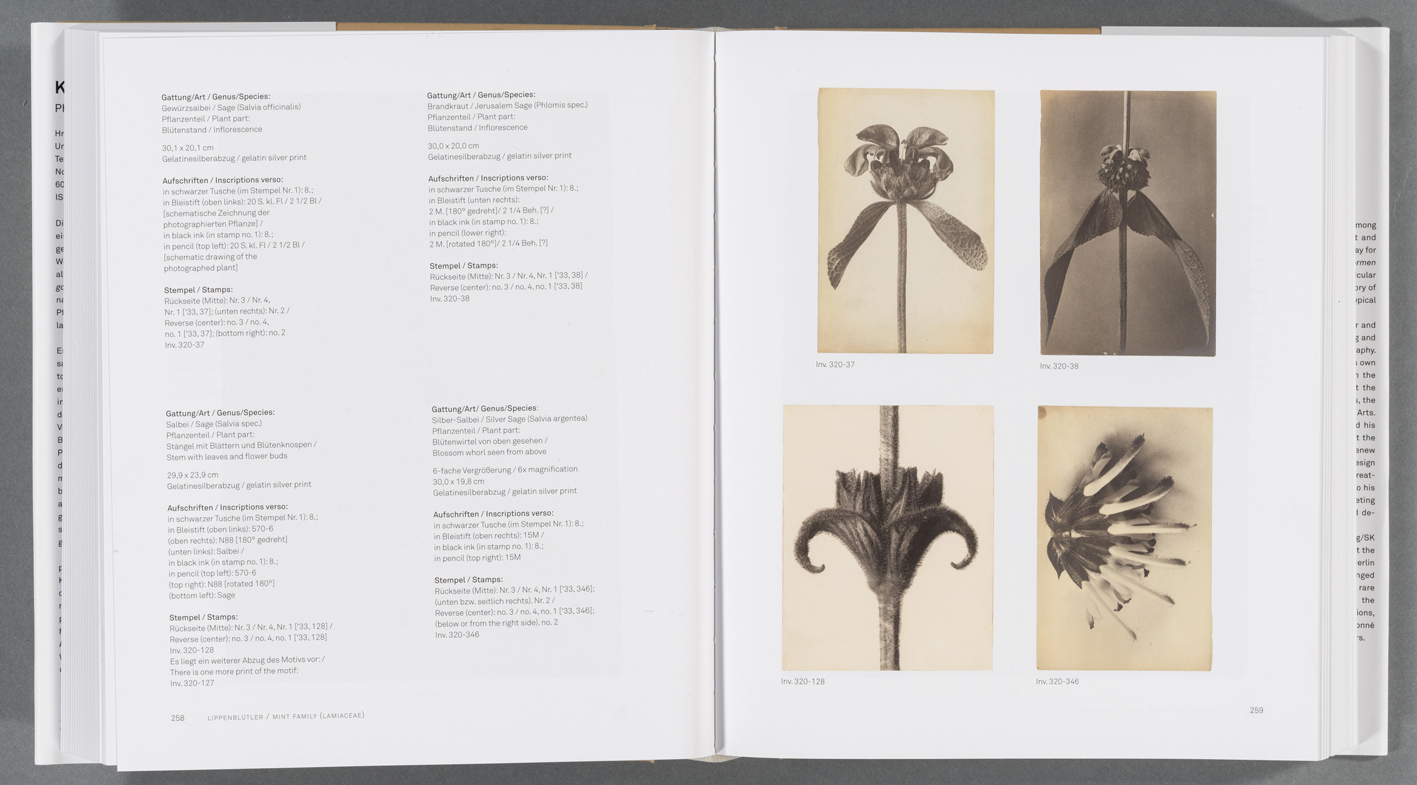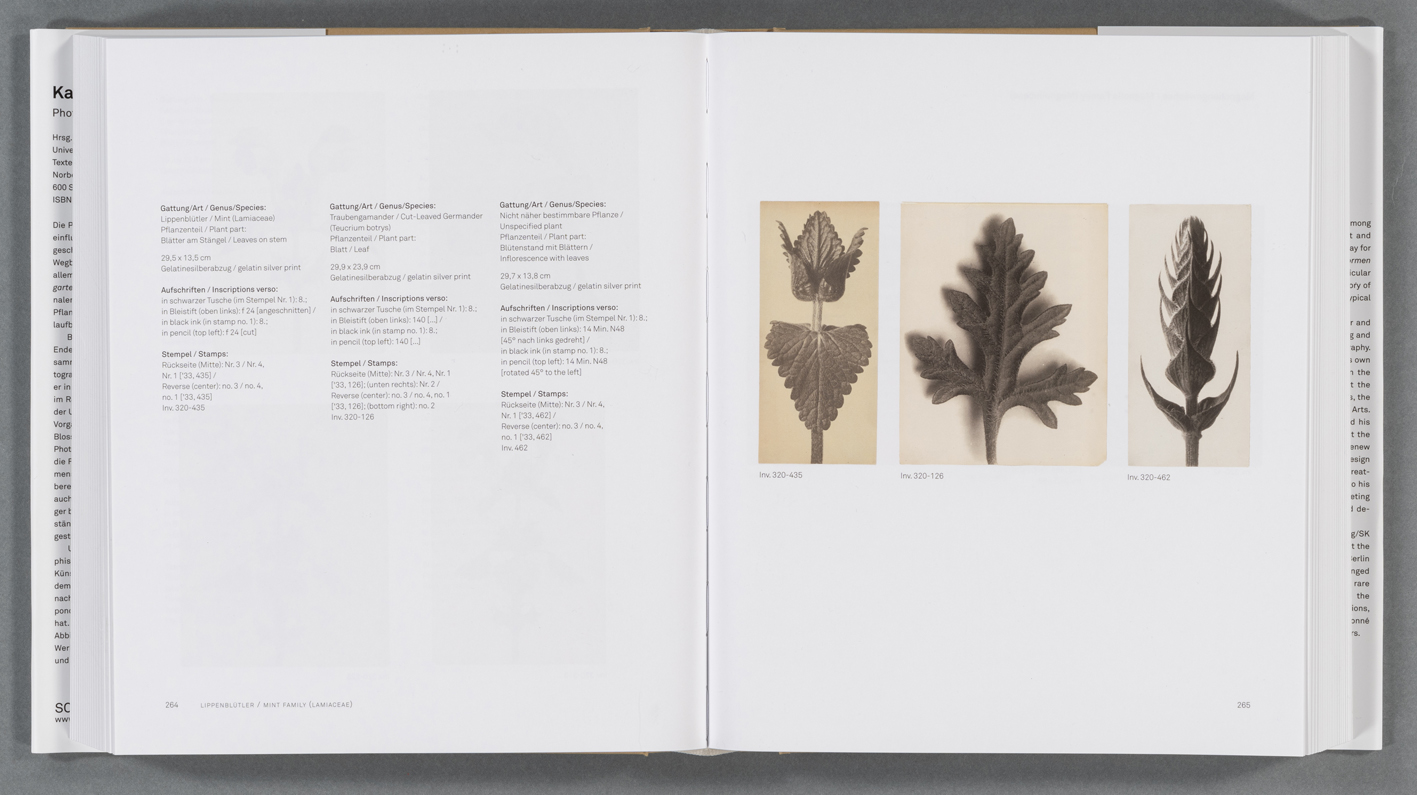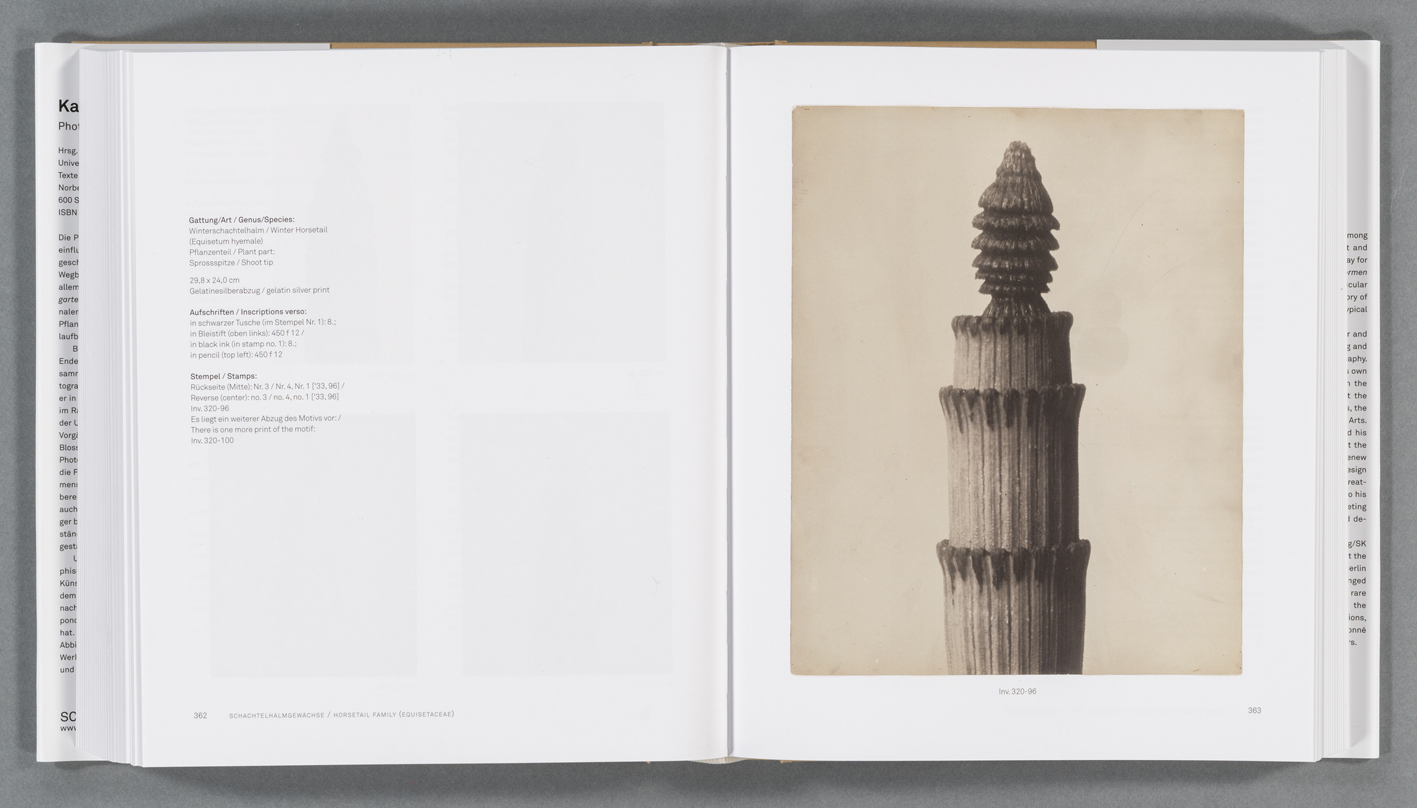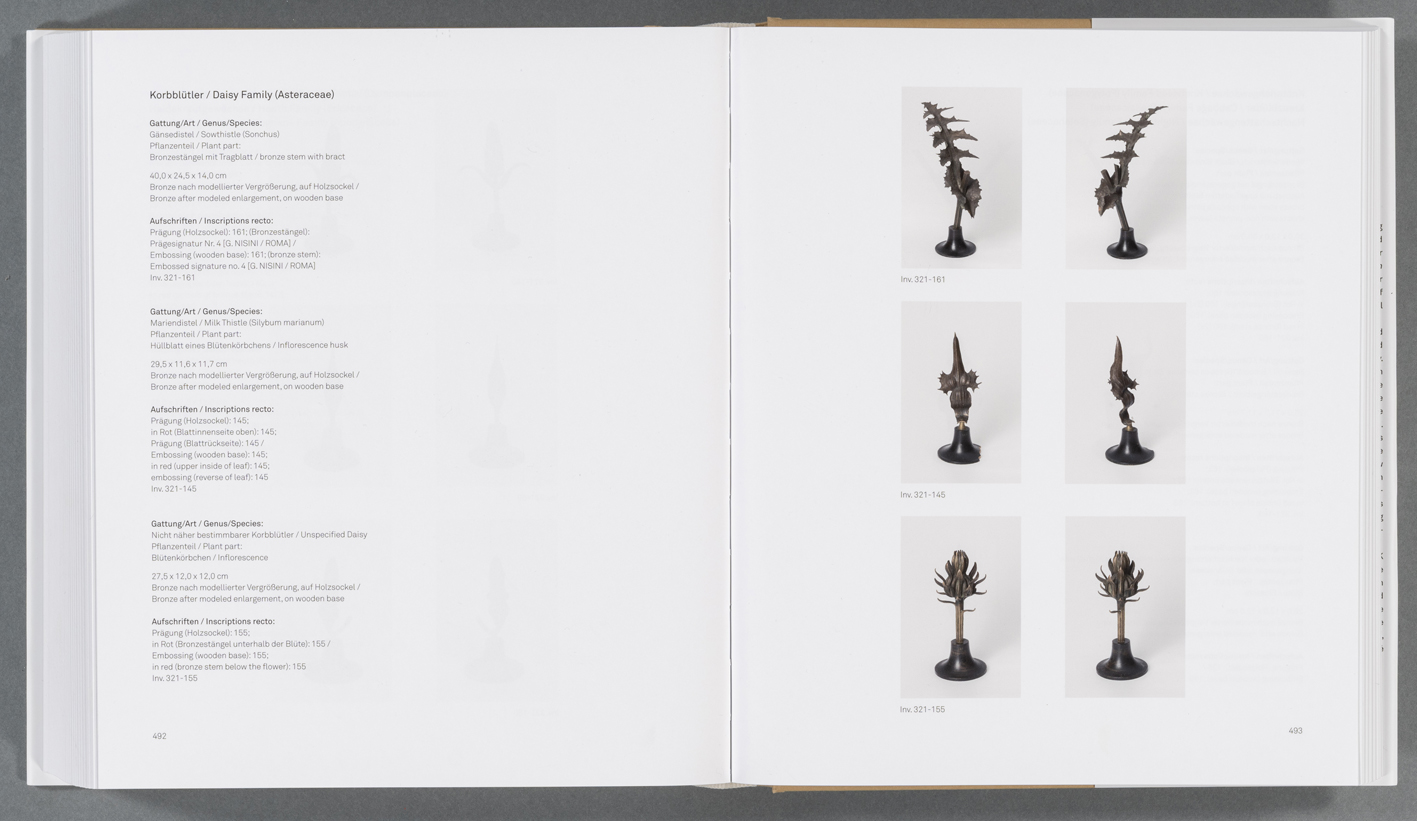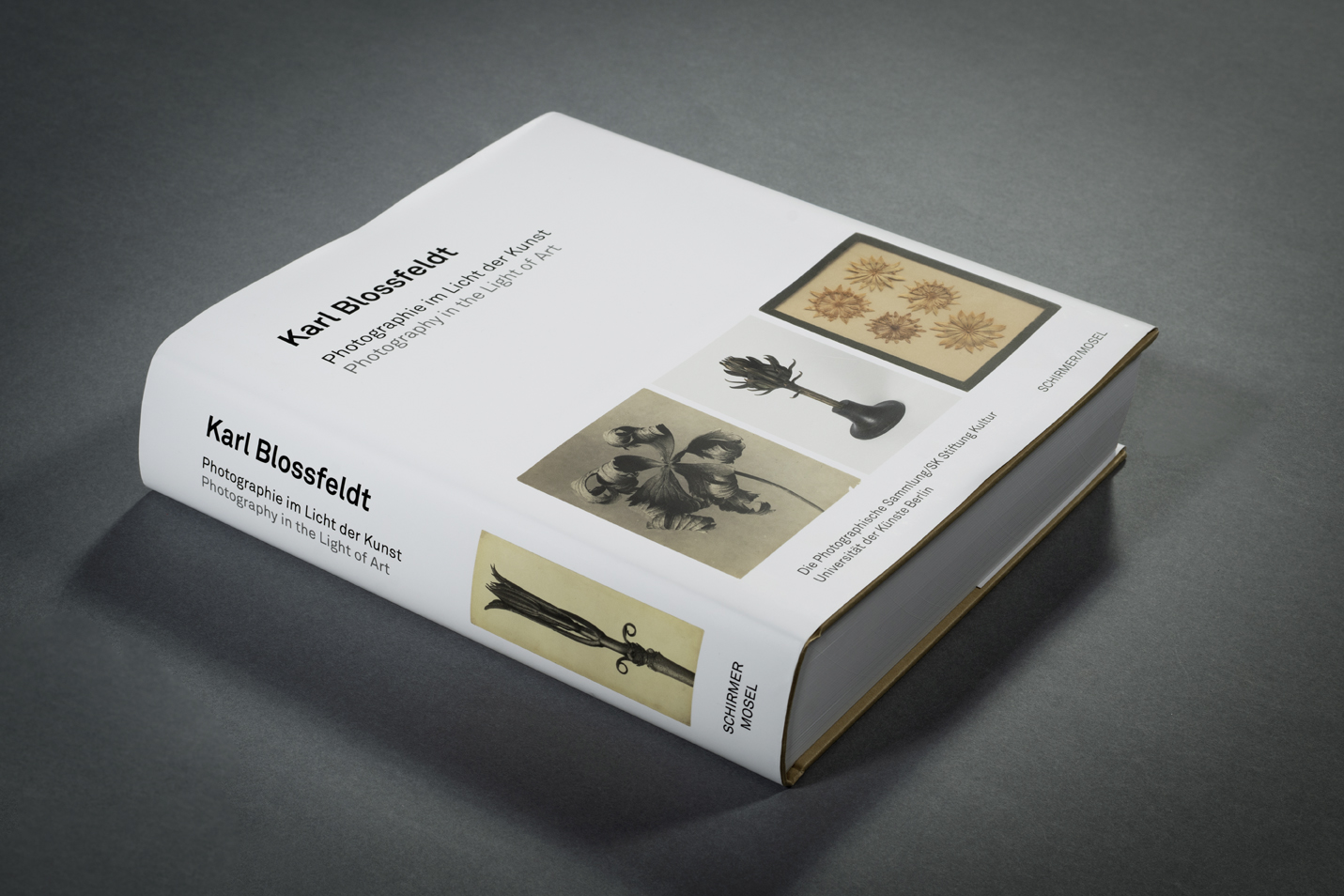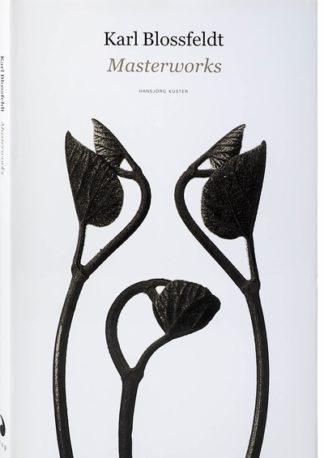L’exposition est basée sur la collection de l’Université des arts de Berlin, où Blossfeldt a été formé comme sculpteur à son école précédente, et où il a enseigné « Modélisation à partir de plantes » pendant trois décennies à partir de 1899. C’est là qu’il a développé ses photographies de plantes, qu’il a utilisées comme matériel pédagogique pour montrer à ses élèves la diversité et les détails complexes du monde botanique. La représentation artistique et l’observation étroite des formes végétales ont été conçues comme source d’inspiration pour les créations dans le domaine des arts appliqués et de l’architecture. En outre, Blossfeldt a créé un petit nombre de moulages en bronze de formes végétales, qu’il a également utilisé dans son enseignement. Des pièces exemplaires, ainsi que des lettres manuscrites donnant un aperçu du fonctionnement de l’école et discutant de la relation entre les formes naturelles et artistiques, sont incluses dans la présentation.
« La photographie était un moyen d’expression essentiel pour Karl Blossfeldt, qu’il a délibérément utilisé pour ses objectifs. Il a photographié des matériaux végétaux fortement édités à plusieurs agrandissements contre des fonds clairs ou sombres. Ces images sont d’une grande force formelle, et au-delà de leur fonction d’outils pédagogiques, elles véhiculent un langage visuel qui, tout en partant du représentatif, conduit à l’abstraction. Notamment dans les publications qui sont apparues de son vivant – « Urformen der Kunst » (1928) et « Wundergarten der Natur » (1932) – Il est évident qu’il a exploré son sujet de manière approfondie et qu’il appréciait les possibilités esthétiques des plantes et leur aura énigmatique et magique. »
The exhibition is based on the collection of the Berlin University of the Arts, where Blossfeldt was trained as a sculptor at its predecessor school, and where he taught « Modeling from Plants » for three decades starting in 1899. It was there that he developed his plant photographs, which he used as teaching materials to showcase the diversity and intricate details of the botanical world to his students. The close observation and artistic representation of plant forms were intended as inspiration for designs in the fields of applied arts and architecture. Additionally, Blossfeldt created a smaller number of bronze casts of plant forms, which he also used in his teaching. Exemplary pieces, along with handwritten letters offering insights into the school’s operations and discussing the relationship between natural and artistic forms, are included in the presentation.
« Photography was an essential means of expression for Karl Blossfeldt, which he used deliberately for his purposes. He photographed heavily edited plant materials in multiple enlargements against neutral light or dark-toned backgrounds. These images are of great formal strength, and beyond their function as teaching tools, they convey a visual language that, while starting from the representational, leads into abstraction. Particularly in the publications that appeared during Blossfeldt’s lifetime – « Urformen der Kunst » (1928) and « Wundergarten der Natur » (1932) – it becomes evident how deeply he explored his subject matter and how much he appreciated both the aesthetic possibilities of plants and their enigmatic, magical aura. »


